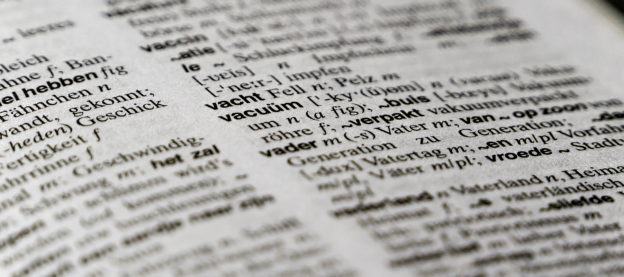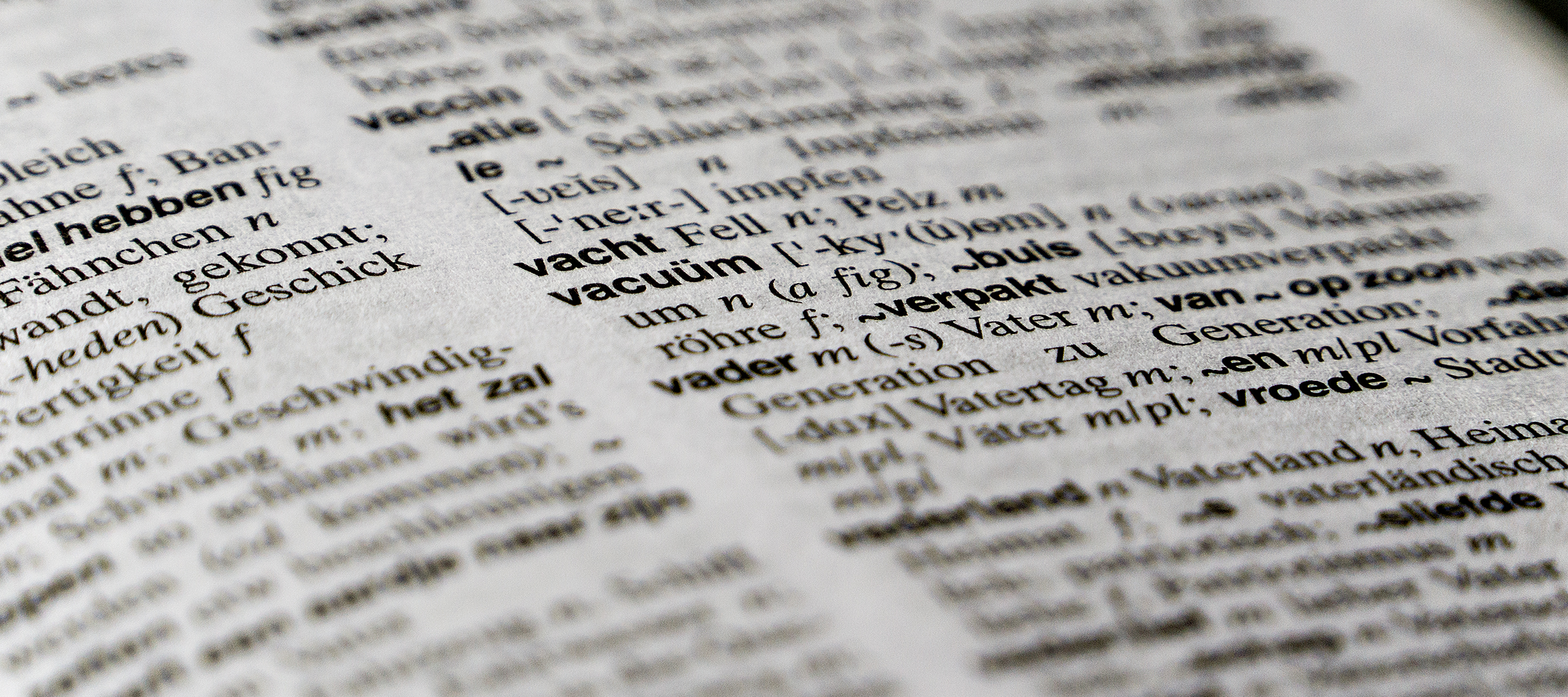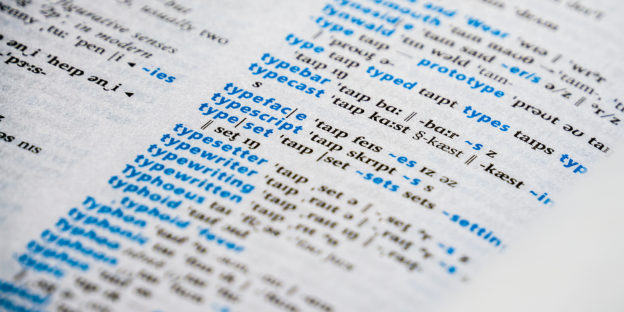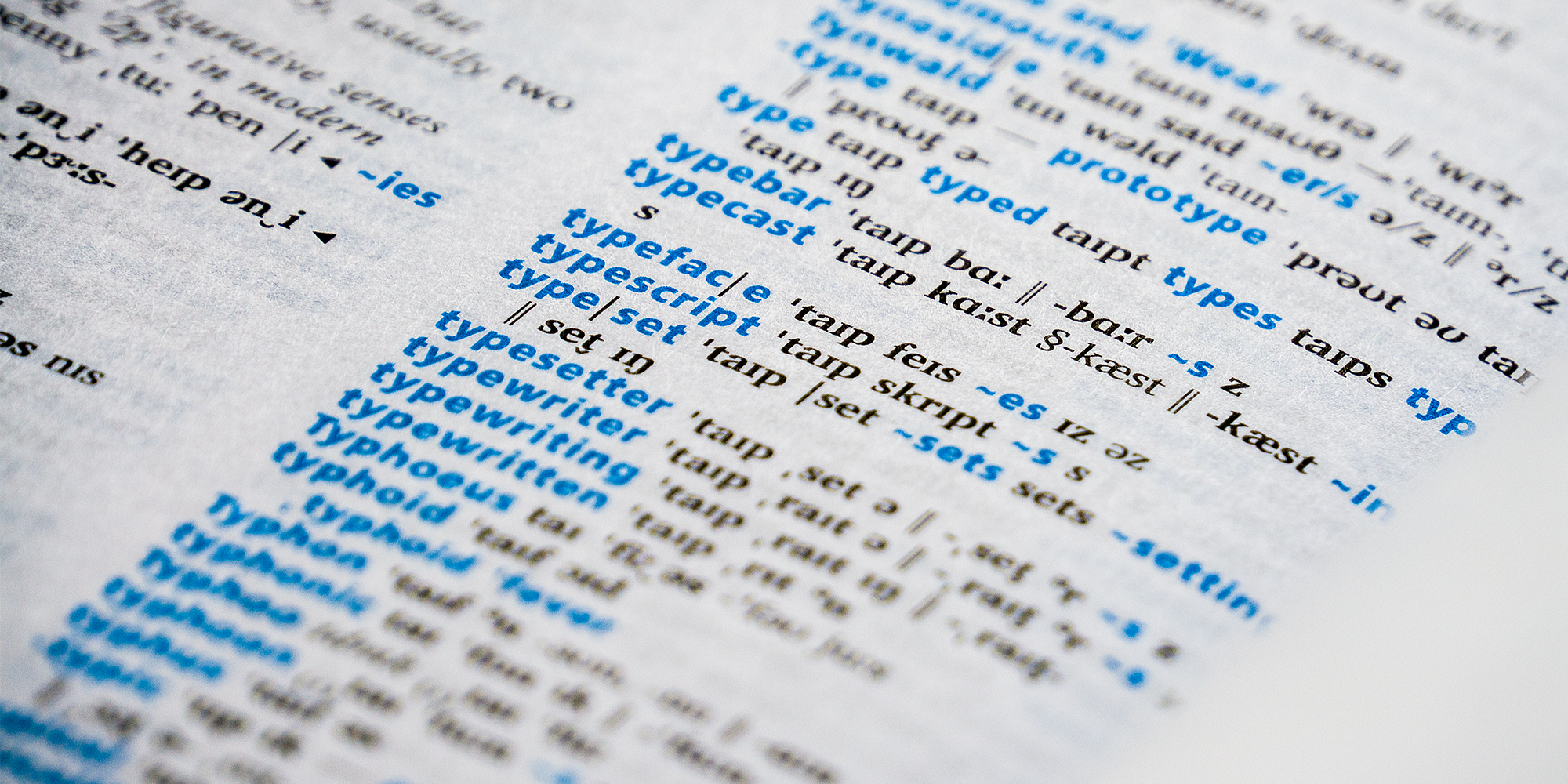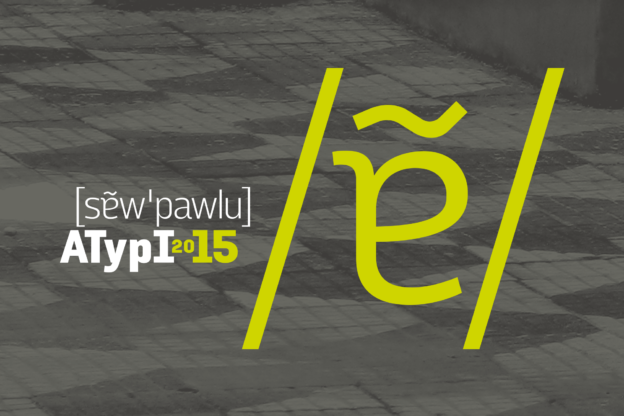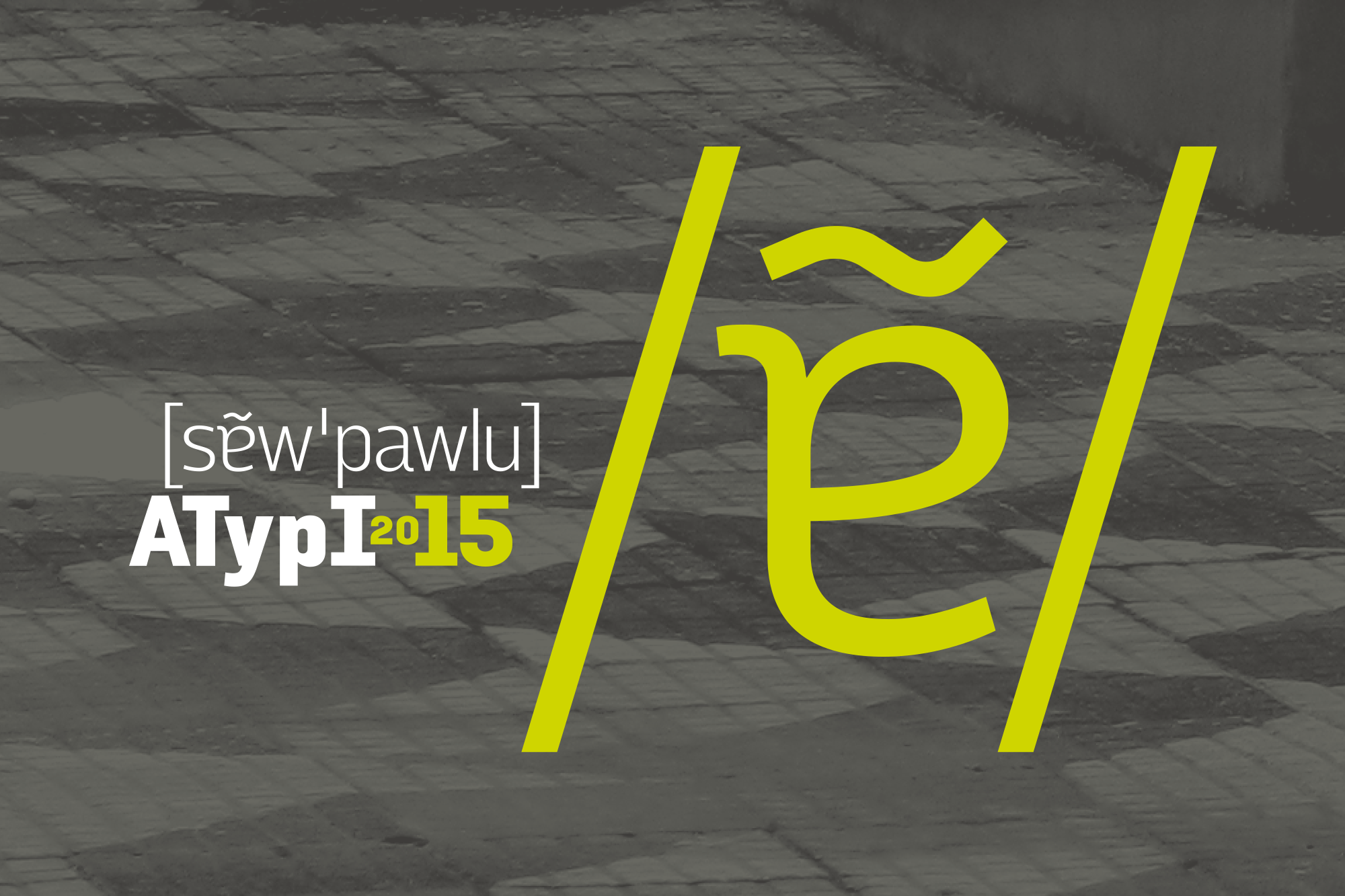A few days ago, Fontstore launched – a new player in the market for subscription-based font services. To be accurate, Fontstore is both a foundry and a font service provider: You can buy fonts there like at any other foundry, but you can also become a subscriber. For $ 15 per month (or $ 150 per year), you get access to their entire library of desktop fonts. Having used Typekit for a few years and having reviewed the Monotype Library Subscription (MLS) last year, I was curious to see what Fontstore has to offer. The very first impression was not too favourable: Their website is slow and cluttered up with animations and effects, making it difficult to get an overview of their collection (others loved their site or also hated it). Fontstore does not excel at transparency either: The name of its founder, Satya Rajpurohit, is nowhere to be found on the website (though he has promised to remedy this). In order to access the Fontstore Library (the contents of which will be discussed below) through the subscription service, I subscribed and payed by credit card; both went without problems. Installing the app syncing the fonts on Windows was not exactly a seamless experience, though: I got a number of warnings that are typically not shown upon installing software, but just going ahead did not crash the system. Once installed, you go to the website, select the fonts you want to use, and they are available just seconds later.
Slim pickings for type designers
As I noted in my review of the MLS, low-priced font subscription services do not only raise technical questions, but ethical ones as well. Creating fonts is a time-consuming task requiring specialised skills that are gained through extensive training and practice. Few type designers create fonts just for the fun of it. Most do so to make (part of) a living – but you need a lot of subscribers before you are able to provide decent payment to all type designers. As a customer, you have to decide: Is subscribing to such a service tantamount to supporting exploitative working conditions and fuelling the downward price spiral in the font market? In the case of Fontstore, the decision may be a little easier: All typefaces were commissioned for that service with (I presume) designers knowing what they signed for. In a post on TypeDrawers, Satya Rajpurohit, the founder of Fontstore, explained that Fontstore offers different payment models to type designers, neither of them based on royalties. In any case, the business risk mainly rests with Fontstore, rather than with individual designers. That seems friendlier than royalty-based models, but $ 15 per month is still not much to go round, so time will tell if the system is sustainable. Also, even the best offer in a given situation can be a bad one: Fontstore carries fonts from quite a few young type designers, some of them releasing their first retail fonts. Many senior designers may have been reluctant to accept Fontstore’s payment models and have their fonts offered at a bargain price.

